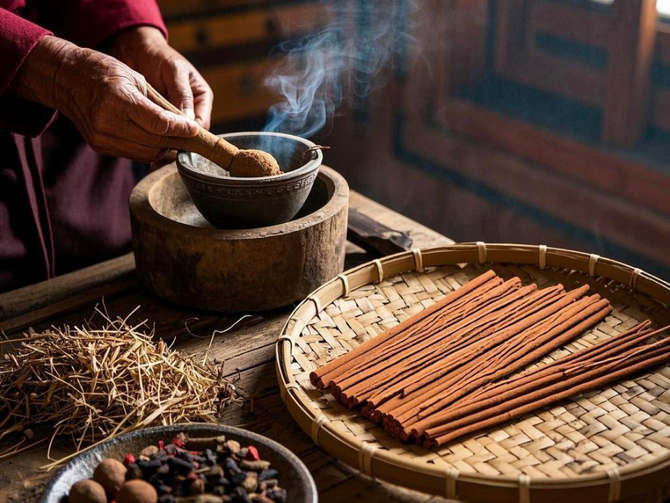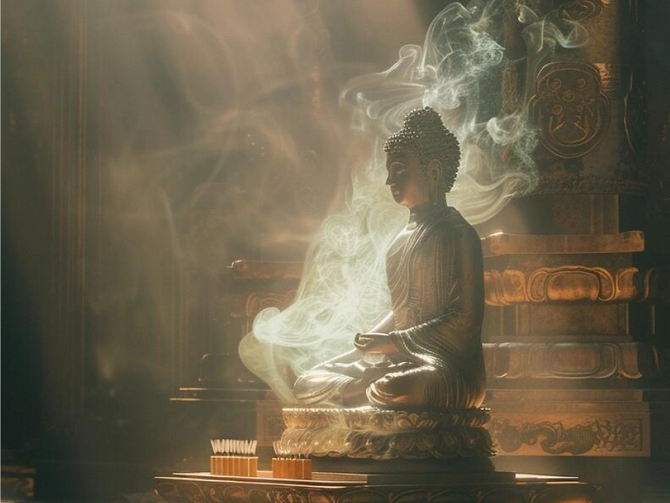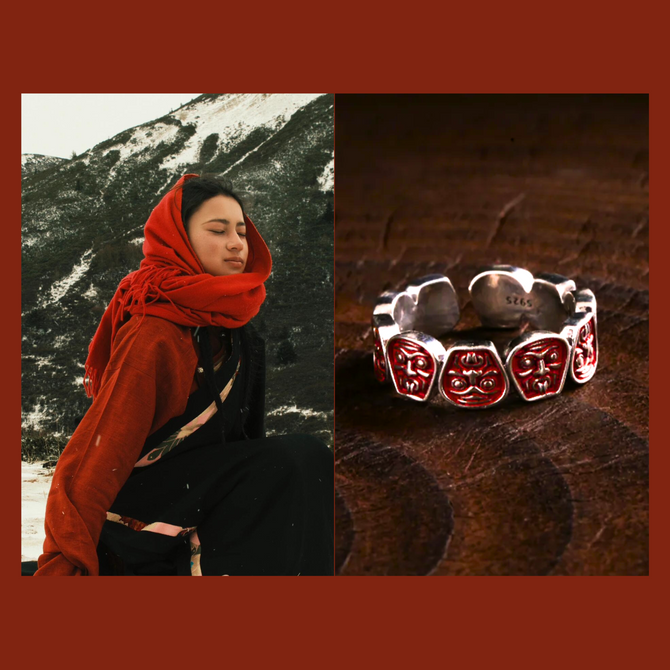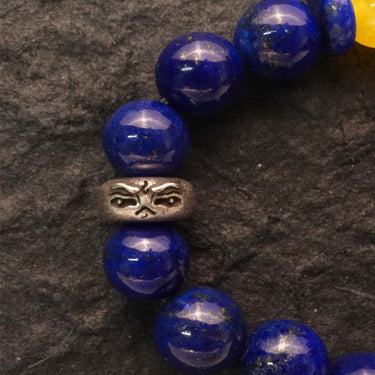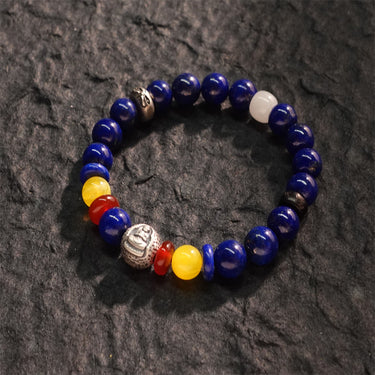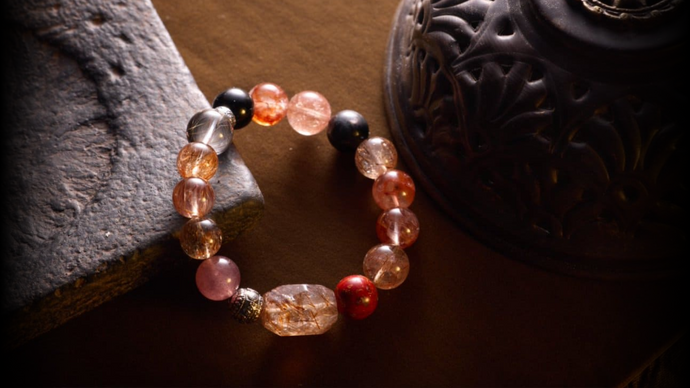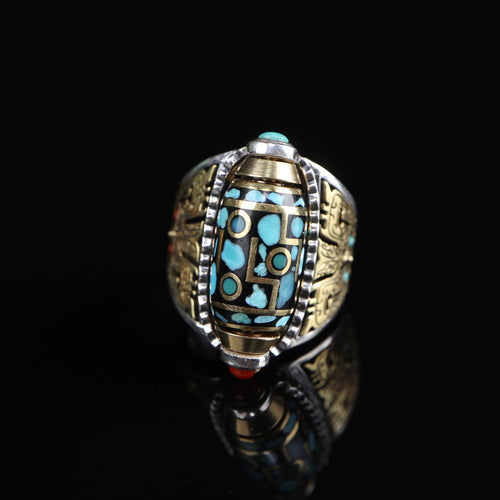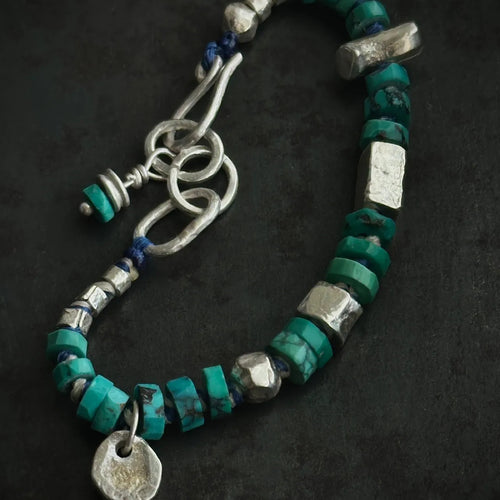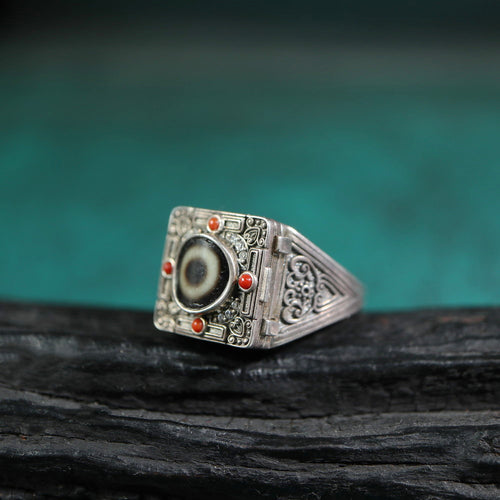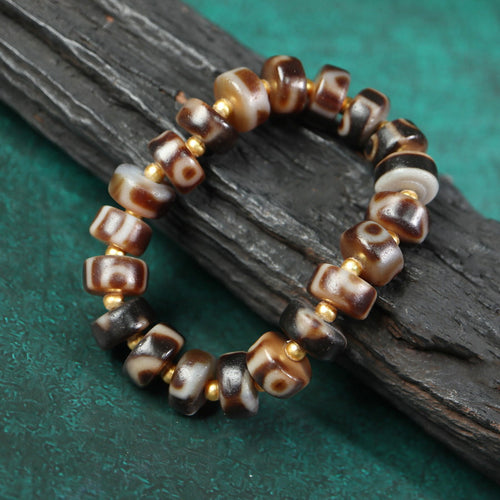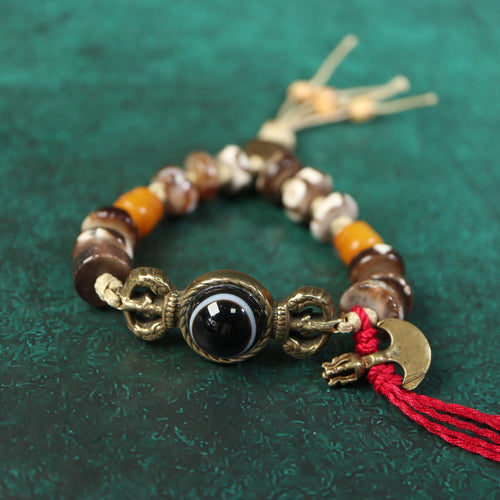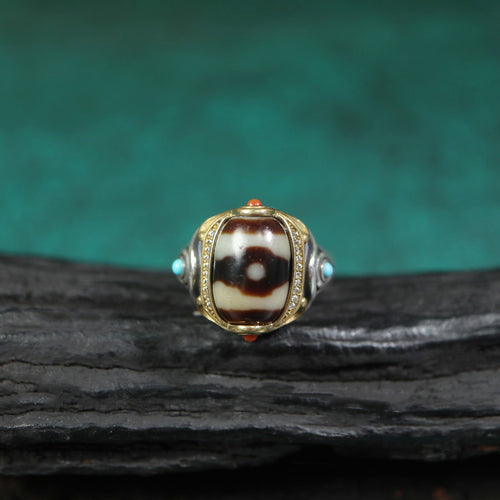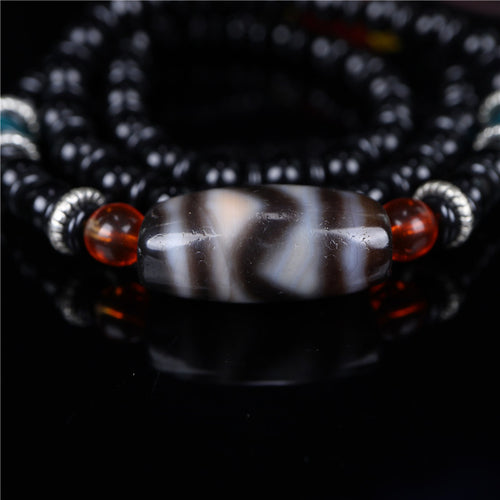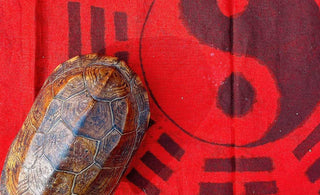
At Oriental Aesthetics, we take great pride in providing systematic, high-quality professional services for oriental artists, collectors, and enthusiasts who have a deep appreciation and love for classical oriental art. In this article, we will explore the fascinating journey of tortoise artwork, tracing its evolution from traditional representations to contemporary interpretations. Join us as we delve into the rich history, symbolism, and artistic brilliance that have defined the captivating world of tortoise art.
The Ancient Symbolism of the Tortoise
Tortoises hold a significant place in the annals of oriental art history, their symbolism dating back centuries and deeply ingrained in cultural beliefs. Revered as powerful symbols, tortoises represent longevity, wisdom, and steadfastness in various Asian cultures. In Chinese folklore, the tortoise is associated with the concept of immortality, believed to possess a divine connection to the heavens.
The slow and deliberate movements of the tortoise have long been regarded as a reflection of wisdom gained through patience and experience. Its unhurried pace serves as a reminder of the importance of taking one's time and embracing the journey rather than rushing towards a destination. The tortoise's ability to withdraw into its shell, creating a protective sanctuary, symbolizes the wisdom of knowing when to retreat and conserve one's energy.
The tortoise's association with longevity is rooted in its remarkable lifespan, with some species living for several decades. This enduring quality has made the tortoise a revered symbol of longevity and a guardian against the passage of time. In oriental art, the tortoise is often depicted alongside other auspicious symbols, such as the crane, pine tree, and bamboo, further emphasizing the desire for a long and prosperous life.
Across different cultures, the tortoise's symbolism extends beyond individual longevity to encompass the collective wisdom and knowledge of generations past. The intricate patterns on its shell are seen as a representation of the interconnectedness of all things in the universe. It is believed that the tortoise carries the secrets of the cosmos on its back, containing hidden wisdom and profound insights into the workings of the world.
Through its symbolism of longevity, wisdom, and interconnectedness, the tortoise has become an enduring motif in oriental art. Artists have sought to capture its essence, infusing their creations with reverence and respect for the ancient symbolism associated with this remarkable creature. The tortoise's presence in artwork serves as a reminder of the enduring pursuit of wisdom and the timeless importance of embracing the journey towards enlightenment.
Traditional Depictions in Oriental Art
In the realm of oriental art, traditional depictions of tortoises have played a significant role in capturing the essence of this revered creature. Artists have showcased their skilled craftsmanship and attention to detail through intricate representations that have become iconic in their own right.
Traditional oriental art often portrays tortoises with meticulous precision, emphasizing the creature's physical characteristics and symbolic elements. The texture and patterns of the tortoise's shell are expertly rendered, showcasing the artist's ability to bring forth the natural beauty of this ancient creature. The use of delicate brushwork and subtle color palettes further enhances the sense of realism and elegance in these artworks.
Tortoises are commonly depicted alongside other auspicious symbols in oriental art, each carrying its own symbolic meaning. For instance, the crane, known for its graceful presence and association with longevity, is often depicted alongside the tortoise to symbolize a harmonious blend of wisdom and longevity. The pine tree, a symbol of resilience and immortality, is another frequent companion to the tortoise, reinforcing the theme of endurance and steadfastness.
These traditional depictions of tortoises in oriental art serve as more than mere representations of the physical form. They encapsulate the cultural and philosophical ideals that have shaped the societies from which they originated. The artistry and symbolism combined in these works invite viewers to contemplate the deeper meanings and reflect upon the values they represent.
By preserving and celebrating the tradition of depicting tortoises in oriental art, Oriental Aesthetics aims to honor the legacy of these masterful creations. Through our curated collection and professional services, we provide a platform for artists to showcase their traditional tortoise artwork and connect with collectors and enthusiasts who appreciate the beauty and significance of these timeless pieces.
Tortoise Art in Chinese Culture
Chinese art has a rich history of incorporating tortoise motifs, particularly in the realms of painting, sculpture, and lacquerware. The tortoise is regarded as one of the four celestial animals, symbolizing the north and winter in traditional Chinese cosmology. It is often depicted with a mystical creature, the dragon, further emphasizing its auspicious nature and connections to imperial power.
Tortoise Art in Japanese Culture
In Japanese art, the tortoise holds its own unique significance. It is associated with the legendary deity Genbu, one of the four celestial guardians of Japan. Genbu, depicted as a hybrid creature with the head of a tortoise, represents protection, wisdom, and the ability to ward off evil spirits. The tortoise's association with longevity and wisdom is also prevalent in Japanese folklore and is frequently depicted in traditional paintings and sculptures.
Contemporary Interpretations
While rooted in tradition, tortoise artwork continues to evolve and inspire contemporary oriental artists. These artists infuse their creations with modern interpretations, exploring the timeless themes of longevity and wisdom in new and innovative ways. From vibrant paintings to abstract sculptures, contemporary tortoise art pushes the boundaries of traditional aesthetics, inviting viewers to engage with the symbolism on a deeper level.
Oriental Aesthetics: Preserving the Legacy
At Oriental Aesthetics, we are dedicated to preserving the legacy of tortoise artwork and other classical oriental art forms. Through our professional services, we provide a platform for oriental artists to showcase their talent, connect with collectors, and reach art enthusiasts who appreciate the beauty and significance of these timeless creations.
Conclusion
The evolution of tortoise artwork is a testament to the enduring allure of this symbol in oriental art. From its ancient symbolism of longevity and wisdom to its contemporary interpretations, the tortoise has captivated artists and audiences alike for centuries. At Oriental Aesthetics, we strive to celebrate and promote the rich history and artistic brilliance of tortoise art. Join us in exploring the profound meanings and aesthetic beauty that tortoise artwork brings to the world of oriental art.
About Oriental Aesthetics
Oriental Aesthetics is a leading provider of systematic, high-quality professional services for oriental artists, collectors, and enthusiasts. With a deep appreciation and love for classical oriental art, we are committed to preserving and promoting this timeless art form. Through our curated collection, exhibitions, and comprehensive services, we provide a platform for talented oriental artists to showcase their work and connect with a global audience. At Oriental Aesthetics, we are passionate about preserving the legacy of oriental art and fostering an appreciation for its rich cultural heritage.


